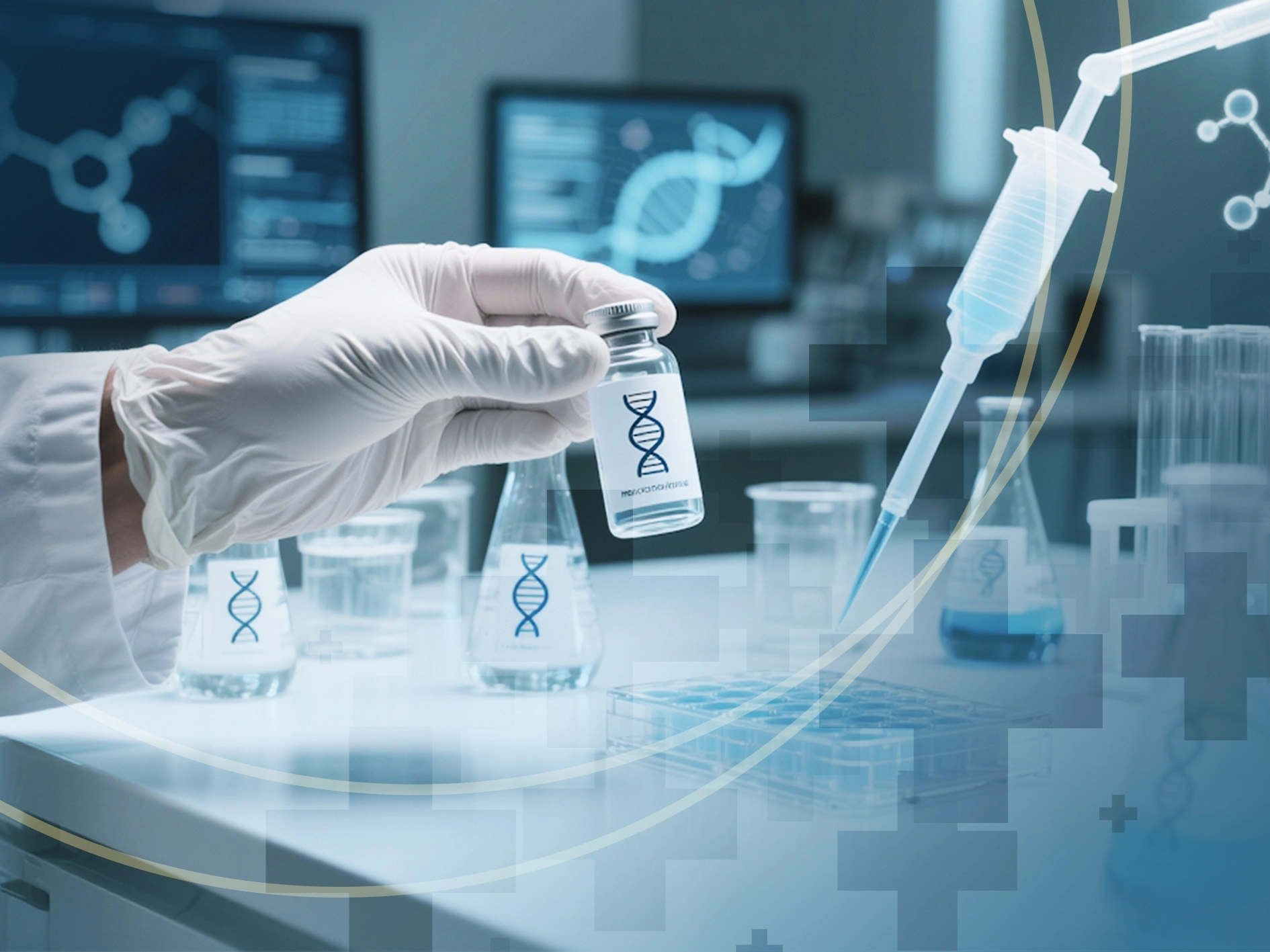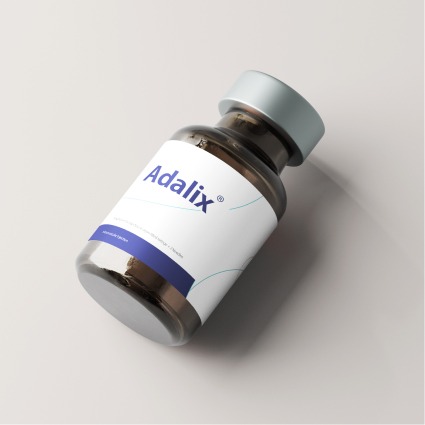Biologics have reshaped modern medicine, offering targeted and highly effective therapies for diseases once considered intractable. Among them, monoclonal antibodies (mAbs) stand at the forefront. These laboratory-engineered proteins, capable of recognizing specific antigens, have not only revolutionized fields like oncology, rheumatology, gastroenterology, and dermatology but have also become the world’s highest-earning medicines.
Yet with their success has come a challenge. Biologics are costly to produce, and their costs often limit patient access and strain healthcare budgets. For years, blockbuster biologics such as adalimumab (Humira), trastuzumab (Herceptin), and rituximab (Rituxan) dominated markets with little competition. Now, however, a new era has dawned: the age of biosimilars.
This article traces the story of monoclonal antibodies in the wider biologics revolution, examines how biosimilars are transforming healthcare systems, and explores where the future of biologics is headed.
Monoclonal Antibodies: The Cornerstone of Modern Biologics
A Scientific Breakthrough
The monoclonal antibody era began in 1975 when César Milstein and Georges Köhler developed hybridoma technology, a method for producing large quantities of identical antibodies from a single B-cell clone. Their discovery won the Nobel Prize and launched a therapeutic revolution. The first approved monoclonal antibody, muromonab-CD3, reached the market in 1986 to help prevent transplant rejection.
Over time, antibody engineering evolved rapidly. The human immune system often rejected the early murine antibodies. This led to chimeric antibodies, then humanized antibodies, and ultimately fully human antibodies with minimal immunogenicity. Each leap in technology made monoclonal antibodies more tolerable and effective in long-term use.
Clinical Impact Across Diseases
Monoclonal antibodies have transformed medicine:
Oncology
Rituximab revolutionized lymphoma care, and trastuzumab dramatically improved survival for HER2-positive breast cancer.
Autoimmune disease
TNF inhibitors such as infliximab and adalimumab redefined what was possible for rheumatoid arthritis, Crohn’s disease, and psoriasis, turning chronic disability into manageable remission.
Ophthalmology
Bevacizumab and ranibizumab gave new hope to patients with macular degeneration, preserving vision where blindness once loomed.
Infectious disease and beyond
During the COVID-19 pandemic, monoclonal antibodies emerged as critical tools in reducing disease severity for high-risk patients.
Today, monoclonal antibodies represent the single most successful class of biologics, making up a large share of the top-selling drugs globally.
Biologics Beyond Antibodies
Although monoclonal antibodies dominate, biologics are a diverse category. They include:
Cytokines and growth factors such as erythropoietin and interferons.
Fusion proteins, for example, etanercept, which combines a TNF receptor with an antibody Fc fragment.
Enzyme replacement therapies for rare diseases.
Cell and gene therapies are now pushing the frontier into curative approaches.
Vaccines are increasingly produced with recombinant technologies.
This broader biologics field reflects a therapeutic toolbox of extraordinary breadth, but monoclonal antibodies remain its most widely adopted and influential component.
The Biosimilar Era: Opening the Gates
What Are Biosimilars?
Unlike traditional generics, which are identical chemical copies, biosimilars are highly similar versions of complex biologics produced in living systems. Due to the inherent complexity of biologic manufacturing, biosimilars cannot be exact replicas. Instead, they must demonstrate through rigorous analytical and clinical testing that they are clinically indistinguishable from the reference product in terms of safety, efficacy, and immunogenicity.
Impact on Monoclonal Antibodies
Biosimilars have already reshaped access to landmark mAbs:
Rituximab biosimilars have broadened treatment for lymphoma and autoimmune disorders.
Trastuzumab biosimilars have lowered costs for breast cancer therapy, enabling earlier and broader use.
Adalimumab biosimilars represent the most enormous biosimilar wave yet, with multiple competitors entering global markets and forcing a reevaluation of formulary strategies.
The result is striking: therapies once reserved for well-insured or wealthy patients are becoming widely available at more affordable prices. In countries with early biosimilar adoption, billions in savings have been redirected to other healthcare priorities.
Beyond Biosimilars: The Rise of Biobetters and Multispecifics
The competition sparked by biosimilars has also fueled innovation.
Biobetters are improved versions of existing biologics. For example, engineered antibodies with extended half-lives reduce injection frequency, and newer formulations remove additives like citrate that cause injection discomfort. These refinements improve adherence and patient satisfaction.
Multispecific antibodies—bispecific and trispecific molecules—can simultaneously target multiple pathways. In oncology, bispecific T-cell engagers are redefining immunotherapy by directly linking tumor cells with cytotoxic T cells.
Antibody-drug conjugates combine antibodies with cytotoxic payloads, delivering chemotherapy with pinpoint accuracy while reducing collateral toxicity.
In short, while biosimilars democratize access, biobetters and multispecifics push the boundaries of efficacy and convenience.
The Patient-Centered Future of Biologics
The success of biologics no longer depends solely on molecular engineering—it also hinges on patient experience.
Device choice is a critical factor. Autoinjectors, prefilled syringes, and wearable pumps each offer different benefits depending on dexterity, needle sensitivity, or lifestyle.
Education against nocebo effects is essential. If patients believe biosimilars are inferior, adherence and outcomes may suffer. Proper counseling and trust-building between clinicians and patients will be central to success.
Shift to home administration is accelerating. With innovative injectors, telemedicine, and remote monitoring, patients can safely administer biologics at home, reducing hospital visits and improving convenience.
The next era of biologics will be defined as much by human factors and trust as by scientific innovation.
Sustainability and Biomanufacturing Innovation
Biologics are resource-intensive, relying on sophisticated cell culture systems, purification processes, and cold-chain logistics. With global attention shifting to sustainability, manufacturers are being challenged to reduce environmental impact.
Continuous manufacturing—a shift from batch to ongoing production—promises greater efficiency, consistency, and lower energy use.
Greener production systems aim to reduce reliance on single-use plastics and water-intensive steps.
Procurement standards in Europe and elsewhere are beginning to reward companies with lower carbon footprints, embedding environmental considerations into drug pricing and contracts.
Sustainability will soon be as crucial to biologics as safety and efficacy, reflecting a growing recognition that healthcare must care for both patients and the planet.
Global Equity: The Broader Promise of Biosimilars
In many low- and middle-income countries, the price of biologics has kept them out of reach. Biosimilars are helping change that:
Technology transfer programs allow local facilities to produce biosimilars with international quality standards.
Regional biomanufacturing hubs can supply nearby nations, reducing dependence on expensive imports.
Pooled procurement—as seen with vaccines—could enable entire regions to negotiate lower biosimilar prices together.
This wave has the potential to make monoclonal antibody therapies as universally available as antibiotics once they become widely accessible, transforming global standards of care.
Market Dynamics: The Next Decade of Biologics
Looking forward, the biologics market is evolving into a hybrid ecosystem:
- Biosimilars provide the foundation of affordable access.
- Biobetters offer incremental improvements in safety, comfort, and adherence.
- Innovative biologics like multispecifics, conjugates, and gene-modified proteins push the therapeutic frontier.
Meanwhile, healthcare systems are experimenting with value-based contracts, where payment depends on real-world outcomes such as remission rates or hospitalization reductions. Digital health platforms and real-world evidence will increasingly guide these agreements, aligning reimbursement with effectiveness rather than volume.
The company has introduced the first integrated platform in the GCC for cell and gene-modified therapies and monoclonal antibody production.
Conclusion
Monoclonal antibodies are the icons of the biologics revolution. They transformed cancer, autoimmune, and inflammatory disease management, but their high costs have long posed barriers to equitable care. The emergence of biosimilars has changed that equation, delivering affordability and access without sacrificing quality. At the same time, innovation continues through biobetters, multispecifics, and advanced delivery technologies.
The future of biologics will be defined not just by scientific breakthroughs, but also by patient-centered design, sustainable manufacturing, global equity, and outcome-based economics. Biosimilars are not the end of the biologic story—they are the catalyst for a new era where life-saving therapies are both innovative and accessible, for patients everywhere.

